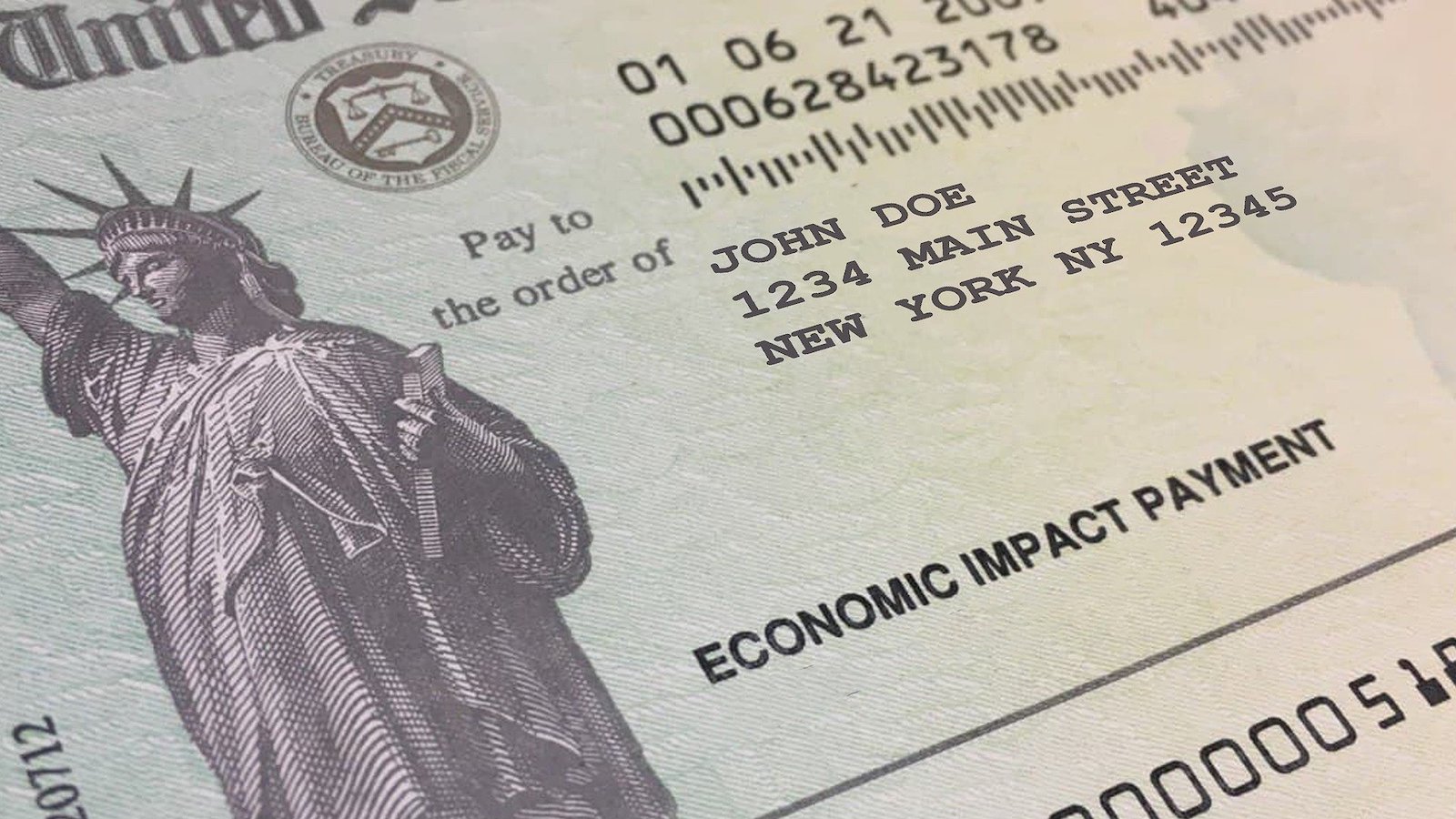
With $1,400 payments on the way, here’s what to do, and not do
85 percent of Americans are expected to get money -- without the need for you do anything, including clicking any email links, providing any information by phone or paying any fees.

For sure, $1,400 is a lot of money for most of us. But if you think you’re eligible for the latest round of COVID-19 impact payments, don’t be so excited that you get sucked into a scam.
Federal officials said payments of up to $1,400 per person and each eligible dependent will start going out this weekend, for those getting direct deposit to their bank accounts. Some consumers will instead get a mailed check or debit card. The payments will roll out over a period of several weeks.
About 85 percent of Americans are expected to get money — without the need for you do anything, including clicking any email links, providing any information by phone or paying any fees.
If you received the previous two payments by direct deposit, that’s how you should get this one. Ditto with paper checks or debit cards, unless you’ve filed your 2020 income tax return with updated bank account information in time for the U.S. Treasury to have that on file.
Here are some tips and things to know:
-
Remember eligibility is based not on gross income but adjusted gross income (AGI). People with AGIs of $75,000 or less will get the full amount. No payments are made to those with AGIs exceeding $80,000.
-
To check whether you’re eligible for any stimulus payment from the federal COVID relief law, here’s an overview. The tool to check the status of your payment hasn’t been updated yet as of March 13.
-
Most people will receive their money automatically, without taking any action.
-
Keep an eye on the bank account where you got your last stimulus payment or the bank account the IRS has on file for you. Any direct deposit should land there this week or in the coming weeks.
-
If you didn’t get a payment for the last two rounds of COVID relief, watch your mailbox. You may have received past payments by mail and mistakenly threw it away. Or there could have been an error that gets corrected this time around with the new, $1,400 payment. In any case, you have more motivation to go through your mail carefully. The U.S. Treasury expects to start sending checks in coming weeks. Some people will receive a debit card instead. Officials haven’t provided explanations about why some people get checks and some get debit cards.
-
The third round of payments is generally $1,400 for eligible singles and $2,800 for eligible married couples who filed a joint return. Unlike the first two payments, families will get a payment for all their dependents claimed on their income tax return, not just children under 17. Eligibility is based on an adjusted gross income up to $75,000 for individuals and up to $150,000 for married couples filing jointly. Generally, people are eligible if they’re U.S. citizens or resident aliens who are not eligible to be claimed as a dependent on someone else’s return.
-
Watch out for scams. Neither the IRS nor banks will contact you asking for any personal information. There already are fraudulent text messages, emails, phone calls and social media posts that request “a small processing fee” or personal information supposedly needed for people to get their COVID impact payments. If you get a call or text or email, do not call the phone number left and do not click on any links. Either ignore the messages or, if you’re concerned, contact your bank or the IRS at a number you look up independently.
The Better Business Bureau says it received complaints during the last round of payments from consumers enticed by links to “request” benefit payments. “The link will take you to an application, which prompts you to enter information in order to ‘make sure you are getting all the payments owed to you,’ ” the BBB says.
-
People who were eligible but didn’t receive either the first or second round of what are called “economic impact payments” will be able to recoup their money when they file their 2020 tax returns in the coming months. On tax materials, people will see the economic impact payments referred to as the “recovery rebate credit” (RRC) on Form 1040 or Form 1040-SR because the payments are technically an advance payment of the RRC.
-
Remember you may be eligible for payments based on your 2020 income, even if you weren’t eligible based on your 2019 return. “The IRS cannot correct or issue additional payments based on your 2020 income until you file your 2020 tax return in 2021,” the IRS says. “The IRS used your 2019 tax return (or 2018 if 2019 wasn’t on file) to determine your eligibility and calculated any Economic Impact Payment. If you don’t get an Economic Impact Payment in 2020 or you don’t receive the maximum amount, you may be eligible to claim the Recovery Rebate Credit when you file your 2020 federal income tax return in 2021.”
-
If your 2020 income tax hasn’t yet been filed this year, the government will base your eligibility for this third payment on your 2019 tax return. If you weren’t eligible based on 2019, but you lost your job last year or otherwise made significantly less last year, it’s in your interest to file your 2020 return as soon as possible to increase your chances of getting this third payment more quickly. If you’re eligible and don’t get it, you’ll be able to recoup it on your 2021 tax return filed next year.
-
If you get a debit card, (called an Economic Impact Payment Card, or EIP Card,) it will come in a white envelope with a U.S. Department of the Treasury seal. The card will carry the Visa name on the front and the name of the issuing bank, MetaBank, on the back. The mailing will include information that it’s an Economic Impact Payment. More information is available at EIPcard.com.
-
Save your letters from the IRS (notice 1444) with your tax records, the IRS says. You’ll need to refer to the amounts of any payments received when you file your 2020 taxes.
-
People who aren’t normally required to file tax returns but are eligible for the impact payment can file a tax return for 2020 and claim the recovery rebate credit.
Topics
Authors
Teresa Murray
Consumer Watchdog, U.S. PIRG Education Fund
Teresa directs the Consumer Watchdog office, which looks out for consumers’ health, safety and financial security. Previously, she worked as a journalist covering consumer issues and personal finance for two decades for Ohio’s largest daily newspaper. She received dozens of state and national journalism awards, including Best Columnist in Ohio, a National Headliner Award for coverage of the 2008-09 financial crisis, and a journalism public service award for exposing improper billing practices by Verizon that affected 15 million customers nationwide. Teresa and her husband live in Greater Cleveland and have two sons. She enjoys biking, house projects and music, and serves on her church missions team and stewardship board.
Find Out More

Apple AirPods are designed to die: Here’s what you should know

A look back at what our unique network accomplished in 2023

Avoiding scams, incorrect medical bills, privacy invasions and more
